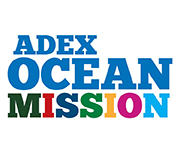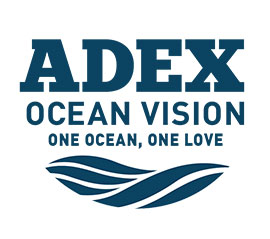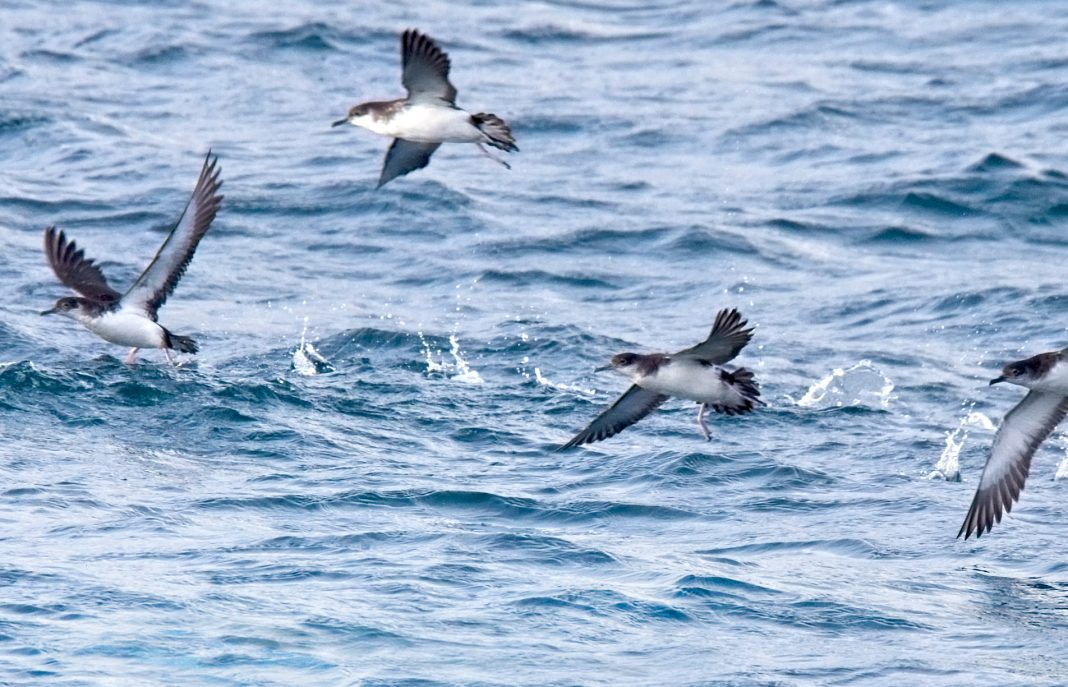Article extracted from Asian Diver Issue 02/2020 (155)
Oceanic plastic debris is sickening and killing the world’s seabirds
Situated more than 600 kilometres east of the Mid North Coast of New South Wales, Howe Island is home to an oceanic bird species known as the fresh-footed shearwater. The name expresses the elegant way it cuts through the grooves of the waves on tense, stretched wings. These dark grey, slender-billed birds can have a wingspan of more than a metre and weigh as much as 750 grams. They can often be found nesting in the burrows of coastal hills and islands of the Northern Atlantic region, the Mediterranean as well as throughout the majority of the Pacific.
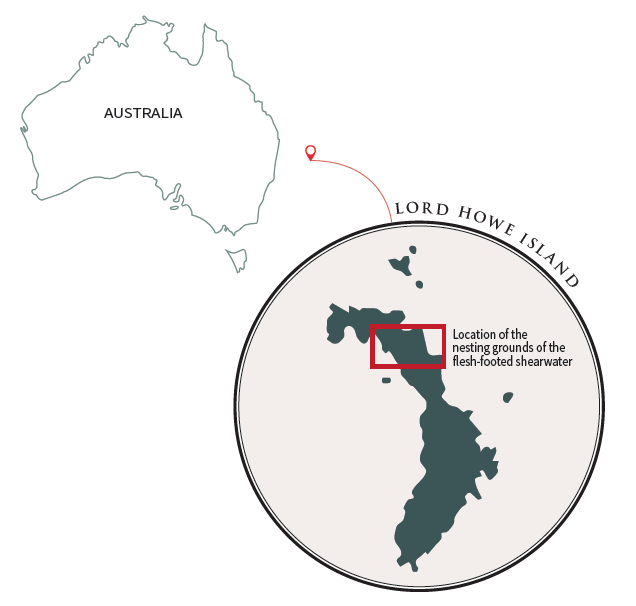 Each day, before dawn, the shearwaters make their way to feed at sea before returning to the island at dusk. They breed in great colonies on the forest floor in the period between September and May, and migrate to different regions. Shearwaters are ocean predators, primarily feeding on seafood, but as our oceans become increasingly contaminated with waste, birds like these are unknowingly adding something else to their diet: Plastic.
Each day, before dawn, the shearwaters make their way to feed at sea before returning to the island at dusk. They breed in great colonies on the forest floor in the period between September and May, and migrate to different regions. Shearwaters are ocean predators, primarily feeding on seafood, but as our oceans become increasingly contaminated with waste, birds like these are unknowingly adding something else to their diet: Plastic.
A study back in 2015 estimated that as much as 90 percent of all seabirds have consumed plastic (Wilcox et al., PNAS, August 31, 2015). Compare that with less than 5 percent in the early 1960s. Parent birds blindly feed small pieces of plastic to their young, often mistaking the floating particles for squid and fish eggs. Little chicks appear from their burrows with meagre levels of nutrition as their stomachs brim with plastic debris. This consistently poor diet has crippled the health of shearwaters, making the journey from home to sea an arduous one.

Enter talented marine scientist Dr Jennifer Lavers, head of Adrift Lab and a lecturer in marine science at the Institute for Marine and Antarctic Studies in Tasmania who has studied the effects disposable plastic is having on animals. Her research at Adrift Lab pays attention to using wild species like birds as indicators of physical and chemical pollution in marine and freshwater regions. Her work with shearwaters specifically has been covered in documentary films such as Blue, A Plastic Ocean and Drowning in Plastic.
For Dr Lavers, what is truly heartbreaking to witness is the sheer amount of plastic found in the bodies of these majestic birds – regurgitated in a painful process. The method, called lavage, involves guiding a tube down the bird’s throat to flush out its stomach contents. On one occasion, she witnessed 90 pieces of plastic come out of a chick’s body. And this number is still relatively lower than the average; some scientists have extracted 200 to 250 pieces of plastic via lavage or from dead birds.
In the 2015 study, the researchers from the Commonwealth Scientific and Industrial Research Organisation and Imperial College London estimated that plastic would be found in 99 percent of seabirds worldwide by 2050. The plastic waste that finds its way into the ocean ranges from straws and bags to bottle caps, lids, and toothbrushes. Indeed, the presence of plastic in our ecosystem is so pervasive that it can be found in the very deepest parts of the ocean.
It’s tempting to see the problem of plastic pollution as all but insurmountable, yet there is much that can be done on a consumer level, industrial level, and governmental level to tackle the issue of marine plastic – and in turn alleviate the suffering of seabirds and other wildlife. For instance, simply improving waste management can have a huge impact on plastics losses into the ocean, and over time this has been shown to measurably reduce the amount of plastics in the stomachs of seabirds.
“The plastic waste that finds its way into the ocean ranges from straws and bags to bottle caps, lids, and toothbrushes. Indeed, the presence of plastic in our ecosystem is so pervasive that it can be found in the very deepest parts of the ocean.”
Even small changes in individuals’ behaviour – measures we’re all aware of but which many of us don’t take the trouble to enact – can induce a significant change in mitigating global plastic usage and disposal. Cutting down or eliminating obvious pollutants in our daily lives, like plastic bags, is a good place to start.
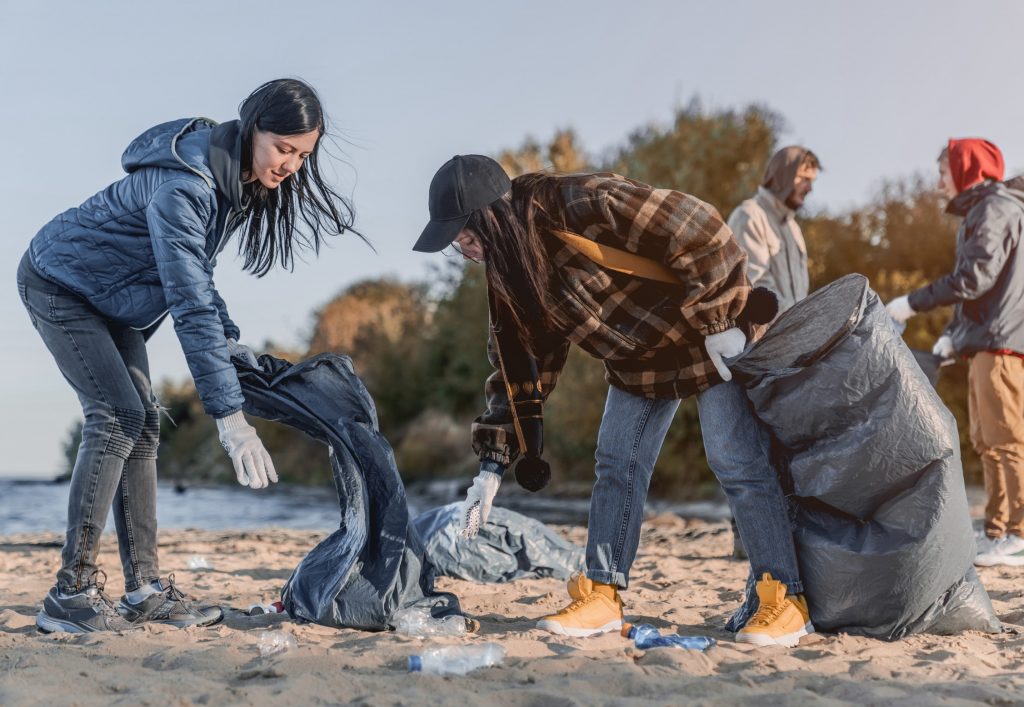
Disposable bags can easily be replaced by stronger, more durable bags made from cloth. Not only will you be cutting down on unnecessary plastic waste, but you will also be saving your local authority from spending enormous sums on moving plastic bags to landfill each year.
Straws are another culprit responsible for marine pollution. These are typical of the lightweight everyday plastic items that are able to float and be blown by the wind into gutters and storm drains, which ultimately lead to the ocean.
So why not bring your own metal straw with you? Not only are they more eco-friendly, they are also safer, more durable and cost less overall.
There are also biodegradable alternatives to many common plastic items we use on a daily basis. For example, eco-friendly toothbrushes have bamboo- or wood-based handles that break down naturally – ideally in your own compost heap – over a matter of months rather than the hundreds of years that the plastic-handled variety remains in the environment. We’ve even figured out how to replace the nylon in your regular toothbrush’s bristles with a plant-based, compostable material.
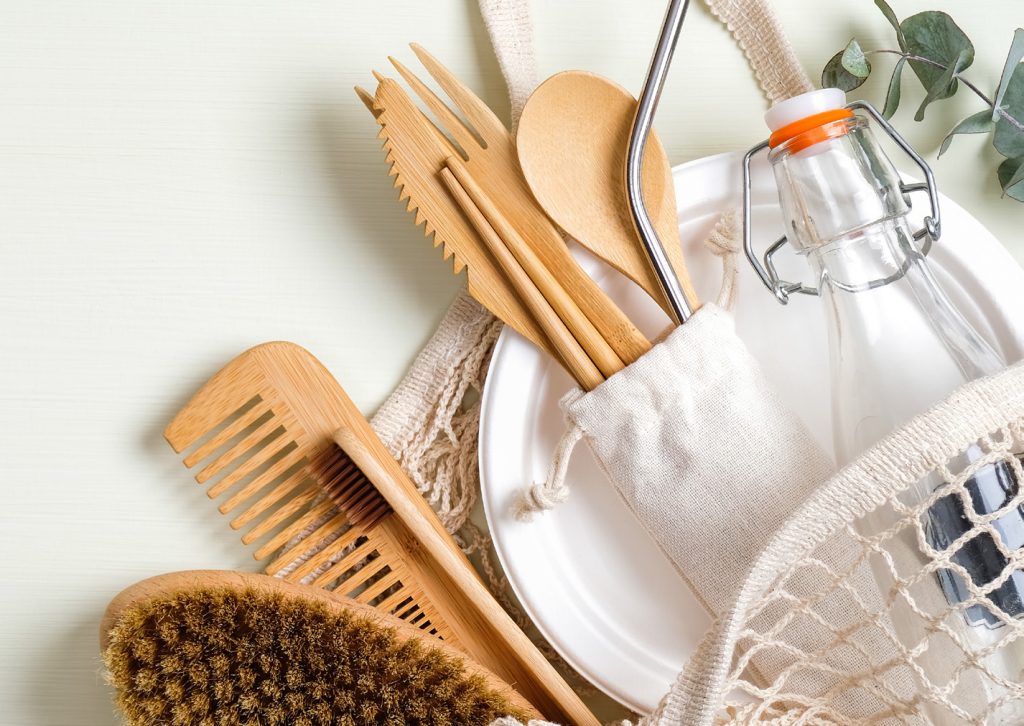
While eco-friendly and sustainable alternatives are typically less available and cost more, as more people make the switch, such products will be easier to find and prices will go down. More importantly, small changes on a large scale can have a real impact on our plastic footprint, reducing the waste that enters our oceans and ultimately lessening the amount of plastic that ends up on the menus of our unwitting feathered friends out at sea.
Like this post? Share us on social media and stay tuned for more exciting content!
